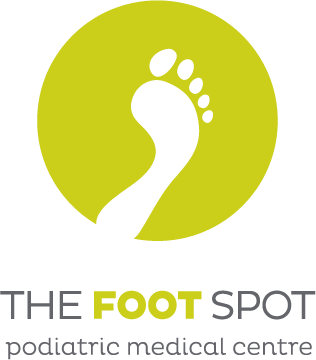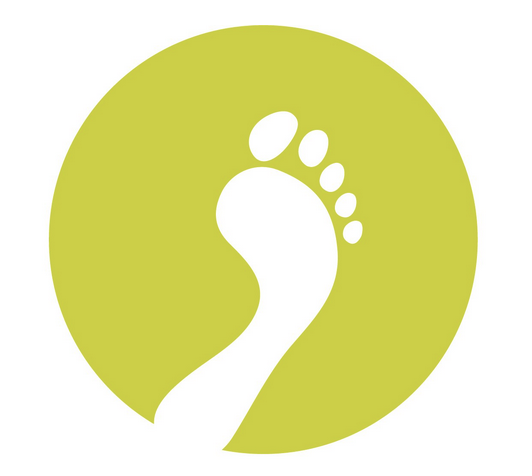Barefoot Running Scam?
As a Podiatrist I constantly get asked to give lectures on footwear and how bio-mechanical function of your body is effected by shoes. In the past few years I have been bombarded with questions relating to “barefoot” running – also known as “minimalist running” or “chi-running” or “mid-foot striking”. This is an important topic if athletes want to understand the basic concepts of how a shoe works and what shoe is right for them. So before we delve into the bio-mechanics of it all and how to choose the right shoe – lets start with “minimalist” running or training.
So lets start by looking at the evidence – or the lack of it. People who advocate barefoot running routinely make several claims, the most prominent being that running barefoot or “minimalist” reduces the risk of musculo-skeletal related injuries, improves metabolic function and that in fact standard shoes cause problems for feet. The evidence does not suggest this at all and in fact in a recent study presented at the American College of Sports Medicine in Chicago it was stated that the: “use of minimalist shoes does not appear to be associated with higher or lower injury risk.“ There was also no benefit of any kind when a “minimalist” shoe was compared with a traditional standard running shoe: “The use of minimal footwear did not provide an advantage over standard running shoes despite a reduction in shoe mass.” In fact there were no less than 5 peer reviewed medical papers presented at that conference showing: “barefoot or minimalist running has either no, or a negative effect on metabolic efficiency.” Running in minimalist footwear showed: “no significant changes in running economy with first time use of minimalist shoes.” In fact even the sales of minimalist footwear have taken a rapid decline in 2013 dropping over 10% in the first quarter alone and now only accounting for around 4% of total running shoe sales. SportsOneSource, the company who monitor athletic footwear sales is quoted as saying: “I think its safe to say the “fad” is pretty much over.”
Vibrams or “Five Finger” shoes have been made trendy by actors like Samuel L Jackson who wore them to an awards ceremony earlier this year with a beige suit – very stylish indeed. Nearly every major shoe manufacturer in the world has jumped onto this trend by producing their own version of the minimalist shoe – Nike FREE, Brooks Pure Connect and the Mizuno Wave Evo are all good examples of this. So does all this mean you shouldn’t use shoes like these? Well not exactly – see they have their specific uses – its just that those uses mainly involve walking around the house or the beach – not running a half marathon! The injuries we see as medical professionals relating to the use of these types of footwear are mostly in patients who change running style suddenly due to this new shoe or in long distance runners who repetitively pound the pavement: stress fractures, inter-metatarsal bursitis, plantar fasciitis and joint inflammation. These shoes are not appropriate for any durational type exercise involving force displacement (i.e. running distances) and should be carefully considered when doing anything else but casual walking.
“Barefoot” or “minimalist” running was hailed as the savior of lower limb musculo-skeletal injuries. The advocates promised a lot, but when push comes to shove the research just isn’t their to back up any claims made by the fans of this running style. In fact the research is damning. Believe the hype at your own risk.
So how do you choose a shoe that is right for you as an athlete? Well now we have the barefoot myth out of the way we can get into the nitty gritty and the good stuff…..next discussion…..when is a shoe not a shoe? We will explore the bio-mechanics behind force displacement in running shoes and give you some handy tips and hints on how running shoes are very different animals to other sports footwear such as tennis shoes!

